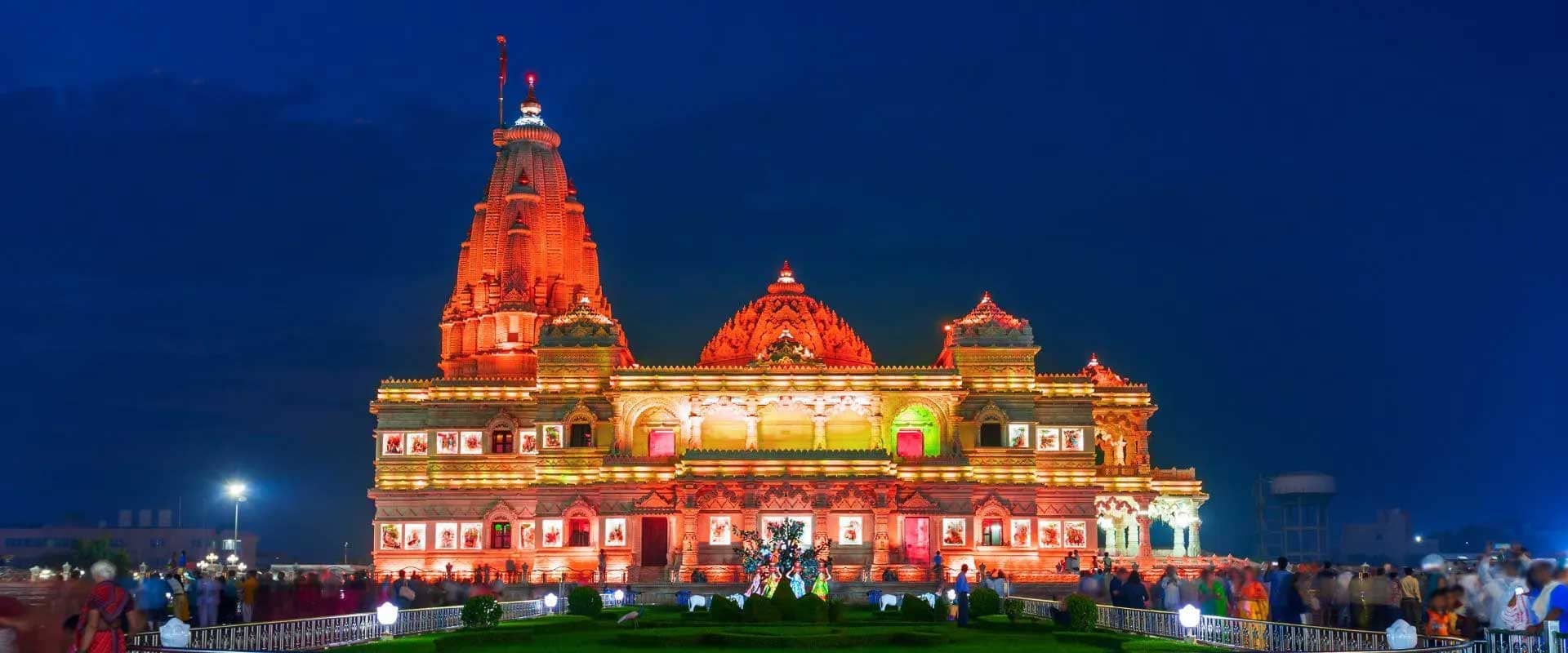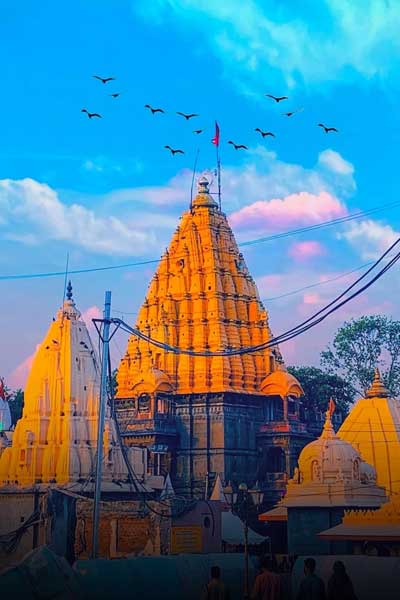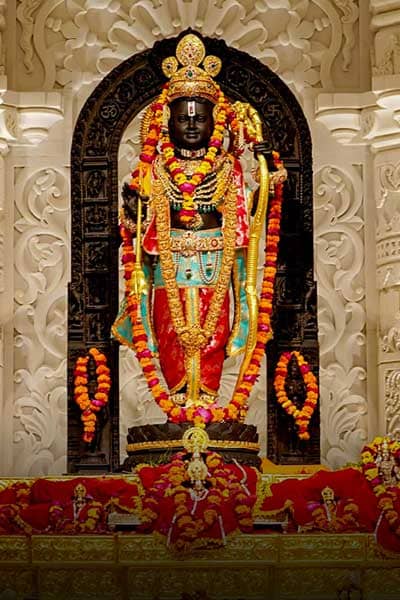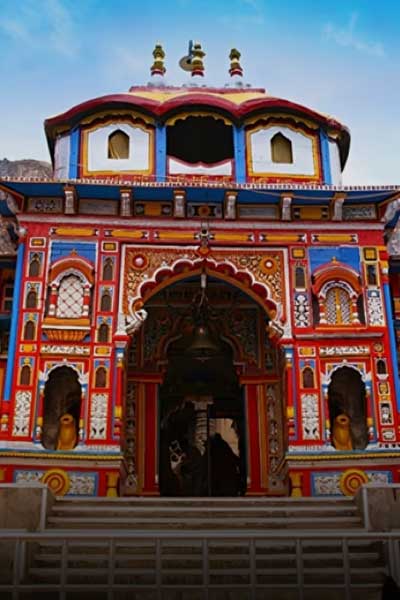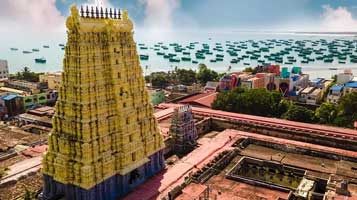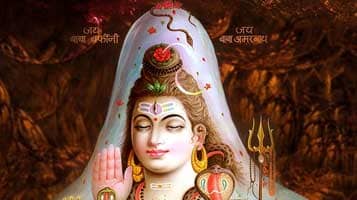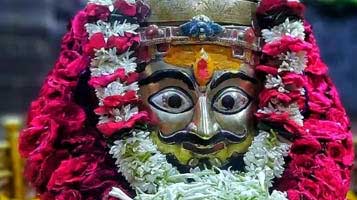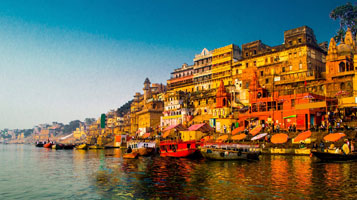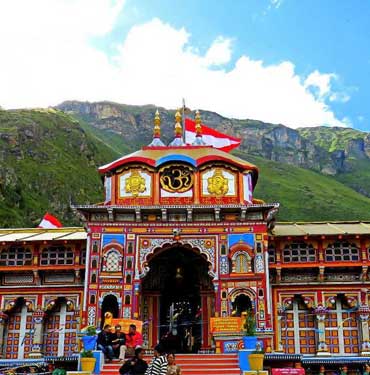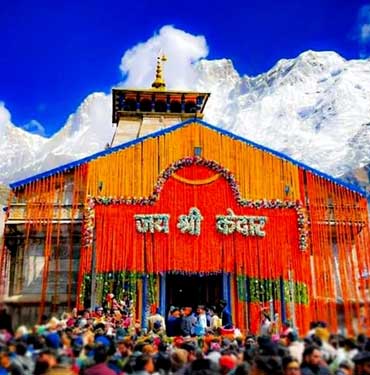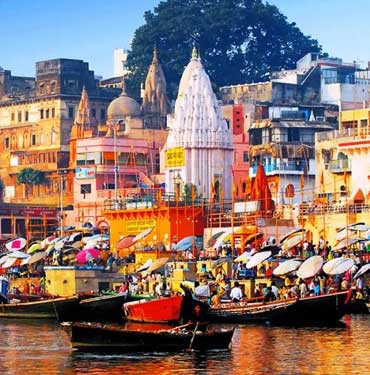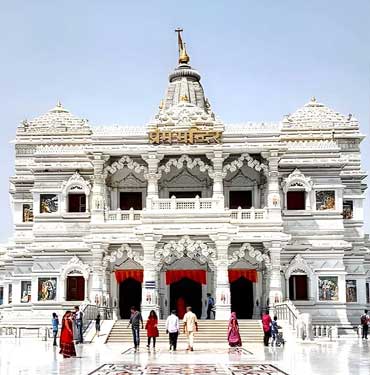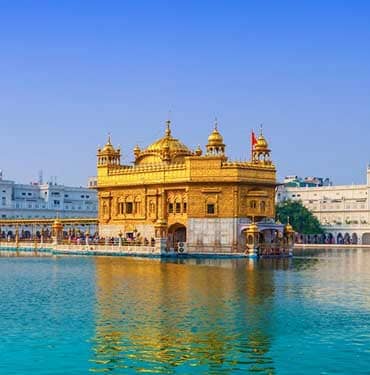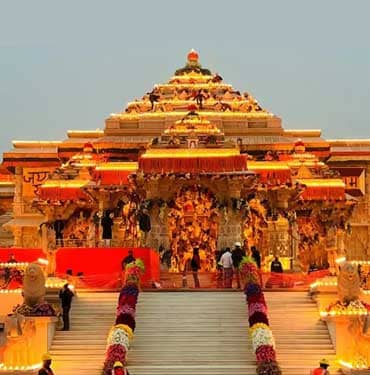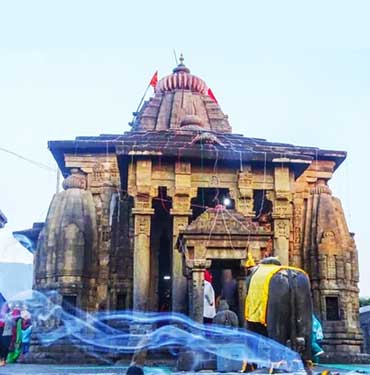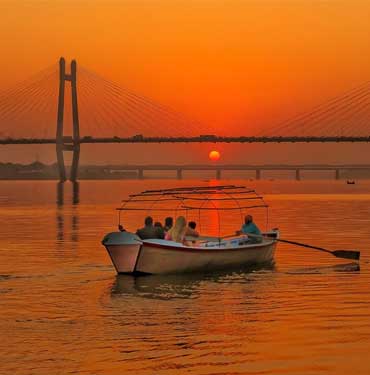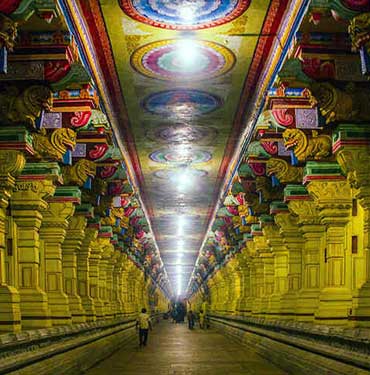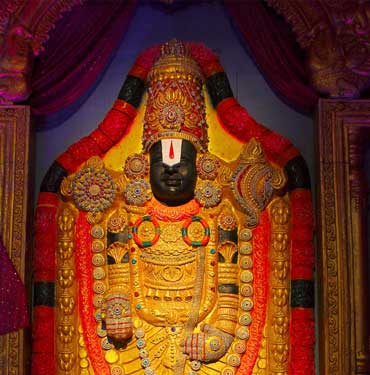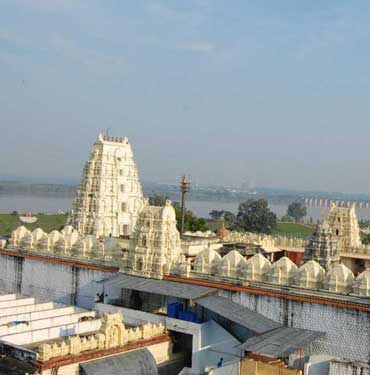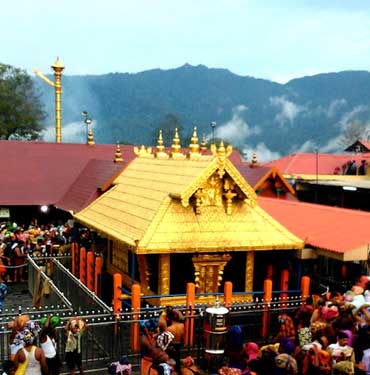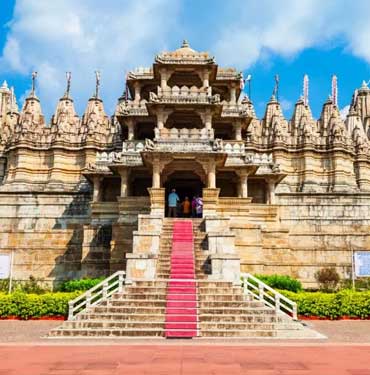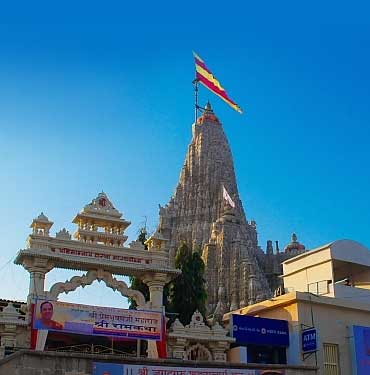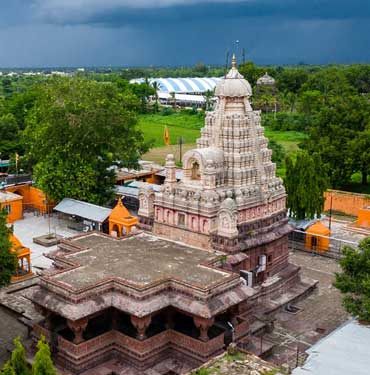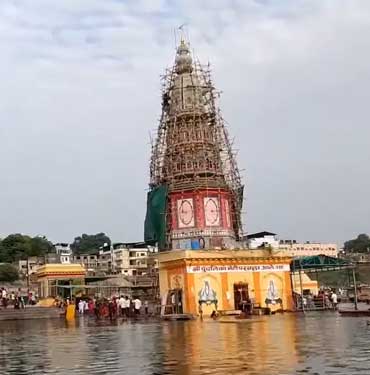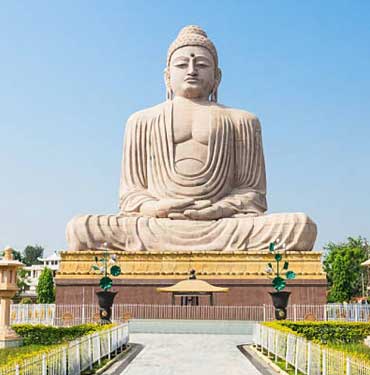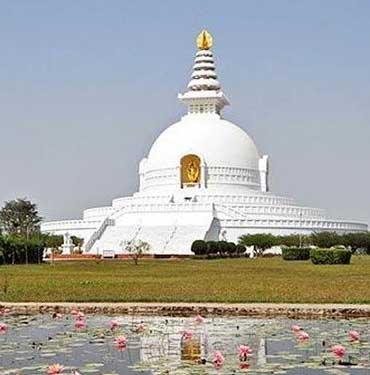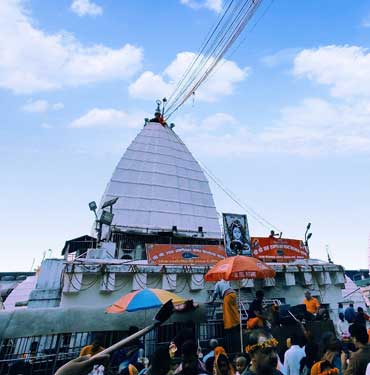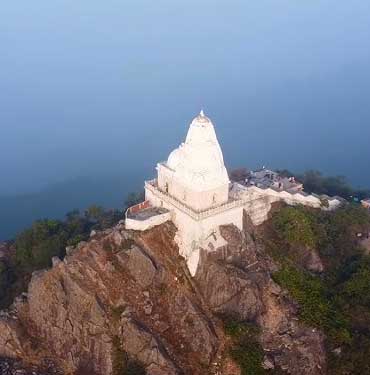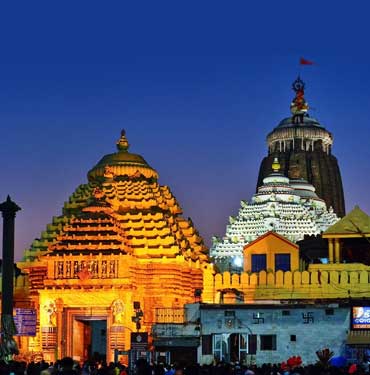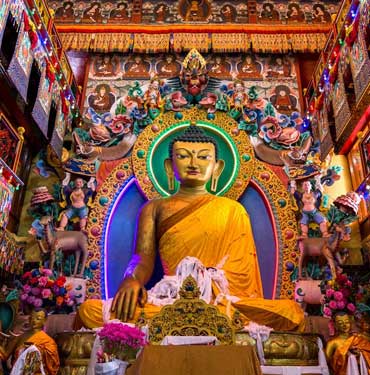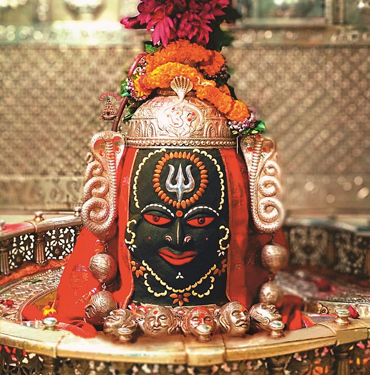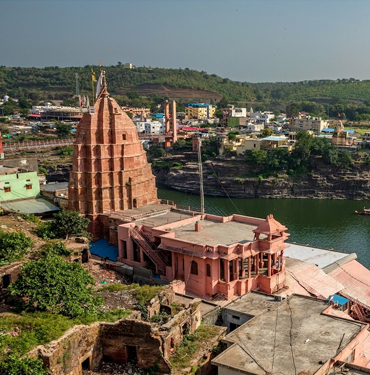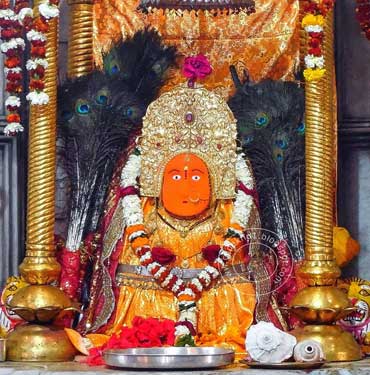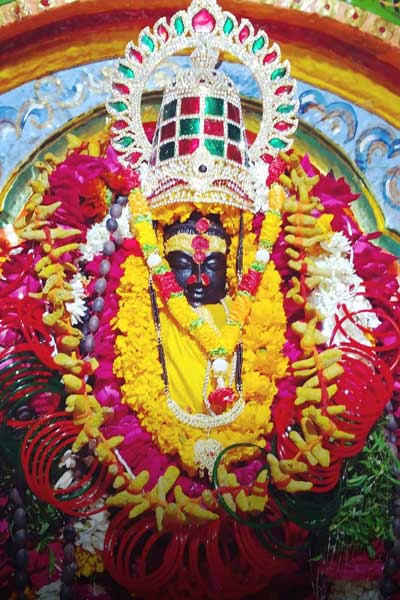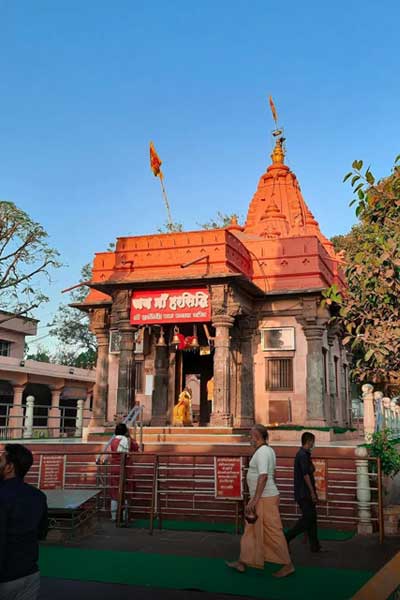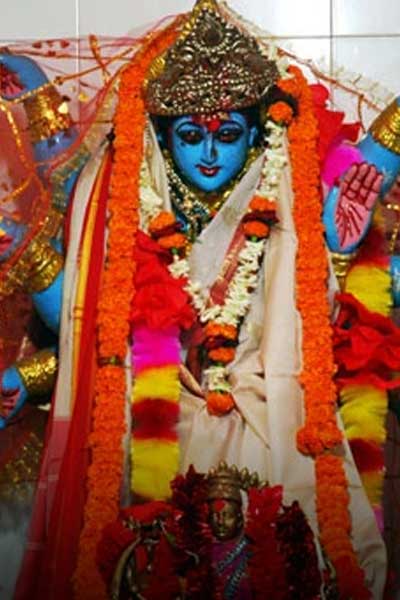India, which is sometimes called the “Land of Faith,” is renowned for its colorful and vibrant spiritual life. For thousands of years, people from many places have traveled to the region, seeking a special spiritual journey based on its old beliefs, various religions, and unique geography. India’s pilgrimage sites offer an exceptional, heart-touching experience that connects us to the deepest and oldest spiritual beliefs.
A Spiritual Hub of the World’s Oldest Religions
The country of India is where the religions of Hinduism, Buddhism, Jainism, and Sikhism began. These religions created temples, shrines, monasteries, and holy cities that remain the primary focus of worship and spiritual learning. Whether they walk the ghats in Varanasi, meditate in Bodh Gaya, or offer prayers in Amritsar’s Golden Temple, pilgrims experience dedication, modesty, and tranquility.
Diversity of Pilgrimage Sites
India is particularly outstanding because of the vast variety of spiritual sites for pilgrimage. In the snowy cave of Amarnath and the sun-filled temples of Rameswaram, India is home to numerous sacred places in all its regions. All these places reveal a different side of India’s religious culture and allow people to seek the divine in temples, mosques, churches, monasteries, or gurudwaras. Haridwar, Rishikesh, Kedarnath, Badrinath, Vaishno Devi, and Mathura are essential for Hindus in North India. Holy cities near the Ganges and the foothills of the Himalayas are full of spiritual traditions and mythological stories. As for temples, the region of Central India has Khajuraho and Ujjain, while the west brings us Dwarka, Somnath, and the Ajmer Sharif Dargah. Jagannath Puri and Bodh Gaya are popular places in the East that yearly welcome millions of Hindu and Buddhist pilgrims. At the southern tip of India, Madurai, Rameswaram, Tirupati, and Sabarimala demonstrate how deep people’s faith can be through their stunning structures and age-old traditions.
Sacred Rivers and Natural Sanctity
Many of India's rivers are treated as holy and lie at the heart of the country's pilgrimage traditions. People believe the Ganga, Yamuna, Godavari, Narmada, and Kaveri rivers act like goddesses to cleanse wrongdoings and purify the spirit. Visiting many pilgrimage places involves holy dips, offering prayers on the river banks, and parading along these rivers. The Kumbh Mela, which takes place on the banks of four essential rivers every 12 years, is one of the most significant religious gatherings in the world.
Ancient Temples and Living Traditions
Not only are India's temples beautiful buildings, but they also remain active religious places where age-old ceremonies are held on a daily basis. Visitors to these places participate in rituals, offerings, and chants. Every visit to a temple is special and enlightening since each place has a special message, god, and meaning. The environment is made special using Sanskrit chants, Vedic rituals, and the place's customs.
Journey of Self-Discovery
Visiting holy sites during a pilgrimage in India is just one aspect; it also helps people discover inner peace. Taking long trips with only a few possessions, often with respect, is much like the spiritual practice of giving up, being disciplined, and pursuing enlightenment. Spiritual retreats in India have sessions for meditation, yoga, and talks to assist pilgrims find more clarity and focus.
Cultural Richness and Hospitality
Being spiritual is an essential part of Indian culture. Different festivals, cuisine, clothes, musical performances, and kindness all show how much Hindus cherish the sacred. Travelers are warmly received; many places provide food, accommodations, and support. This seva (service) culture makes the pilgrimage special and illustrates how Atithi Devo Bhava, seeing the guest as God, is part of the Indian way of life.
Accessible and Evolving Infrastructure
Over the years, India’s infrastructure for pilgrimages has dramatically improved. Now that there are better roads, more airports, better places to sleep, and new tech, planning and making a pilgrimage is much simpler. Thanks to government tours and the Char Dham Yatra, the Buddhist Tourist Train, and others, international and Indian tourists find their pilgrimages more comfortable and safe.
Overall, India goes beyond a place; it’s an experience you live. For pilgrims, the country becomes a holy area, as the divine presence can be sensed in the landscapes, the waters, the chants, and the people. If you want to experience spirituality, peace, or a closer link with your religion, India is the ideal pilgrimage destination in 2025 and the future.

